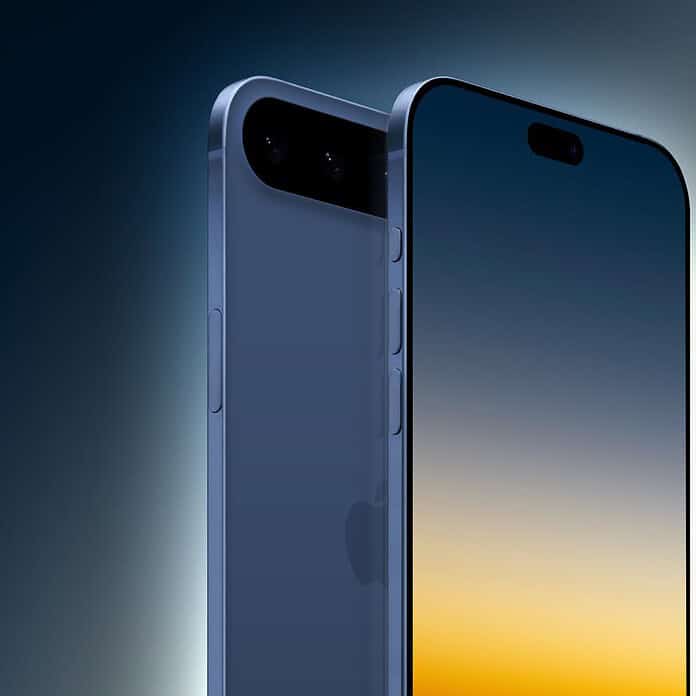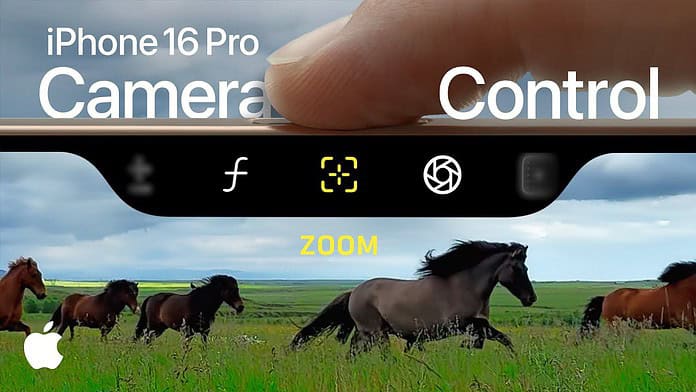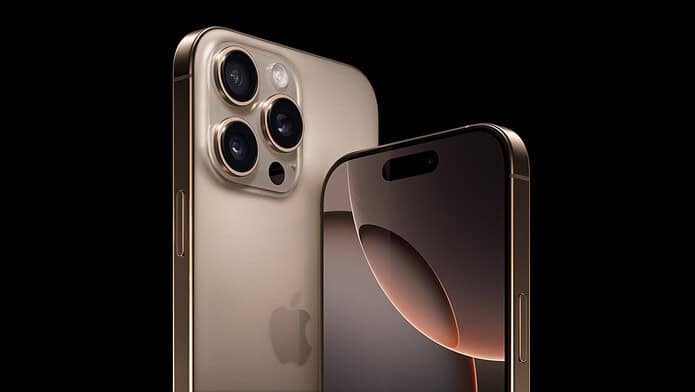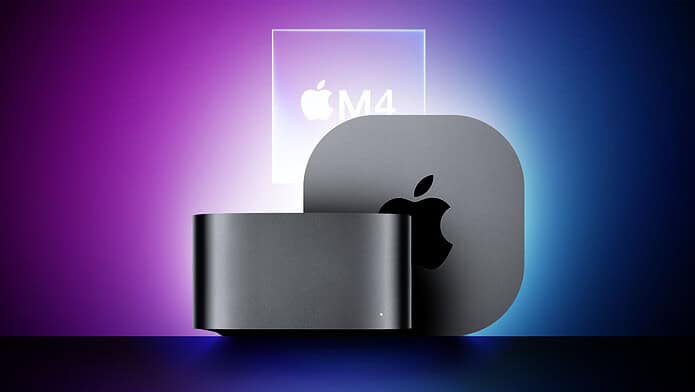Apple
Reddit User Claims to Buy iPhone 16 for ₹27,000, Thanks to...
Apple last week launched the iPhone 16 with a base price of ₹79,900 for the 128GB variant. It is interesting to note that the...
Apple’s November 1 Product Release: MacBook Pro, iMac with M4, new...
As the iPhone 16 is now in consumers' hands, Apple is setting its sights on the future, with a new wave of exciting product...
iPhone 17: What We Know About the Base Model So Far
The oncoming release of Apple's next flagship, the iPhone 17 will likely bring out many new features and specifications capable of raising the user...
Apple’s Latest Ad Spotlights the New Camera Control Feature on iPhone...
Apple’s iPhone 16 lineup, launched last month, has introduced several standout features, but one in particular is stealing the spotlight—the new Camera Control function....
iPhone 16 Pro Max BOM Reveals Higher Costs, Apple Cuts Production...
The iPhone 16 series has officially launched and is now available for purchase. The lineup again consists of four models and, like last year,...
Apple Set to Launch Redesigned M4 Mac Mini: What to Expect
The M2 Mac Mini which was released in 2023 is sought after by many who are looking for a capable desktop. Apple is due...









